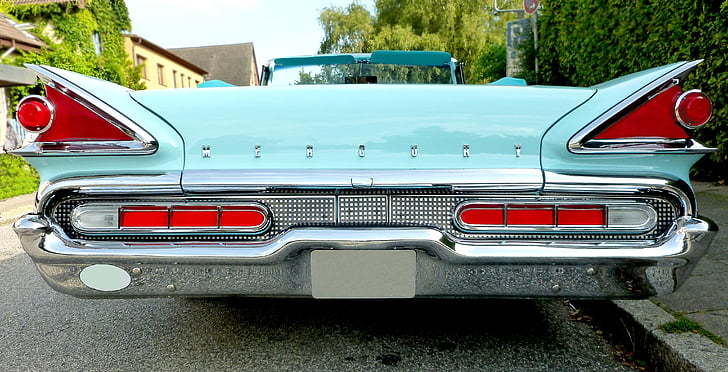
Owning a classic car is a labor of love for many car enthusiasts, but it also comes with the responsibility of maintaining its various components. Carburetors, along with regular tune-ups and oil changes, are an important part of keeping these vintage vehicles running year after year.
For many classic car owners, carburetor maintenance is a vital part of ensuring a smooth and reliable ride. Here is a step-by-step guide to help you get started on basic carburetor maintenance for your classic car.
Step 1: Safety First
Before starting any type of maintenance on your classic car, it’s important to set up an organized and safe workspace. Be sure to wear proper safety gear such as safety glasses, gloves, and a dust mask. Also, make sure that your workspace has good ventilation and plenty of light.
Step 2: Gather the Necessary Tools and Supplies
The following tools and supplies will be necessary for a successful carburetor maintenance task: a screwdriver, a wrench, compressed air, pliers, carburetor cleaner, carburetor tuning kits, and oil drain hoses. Depending on the specific make and model of your classic car, you may also need additional tools and supplies.
Step 3: Disconnect the Battery
The next step is to disconnect the battery. This is an important safety measure to prevent any electrical accidents. Once this is done, you can begin the carburetor maintenance task by loosening the carburetor’s mounting nuts.
Step 4: Remove the Carburetor
Once the nuts have been secured, the carburetor can be carefully removed from the engine. Take note of the way that the carburetor was connected and be sure to remove all hoses or other components that may be attached to it.
Step 5: Clean the Carburetor
Using carburetor cleaner and compressed air, carefully clean the interior and exterior of the carburetor. Be sure to pay special attention to the jets, hoses, and the choke mechanism. It may be a good idea to take pictures of the carburetor before and after cleaning, so that you can refer to them if needed.
Step 6: Reassemble and Test
Once the cleaning process is done, you can begin the process of reassembling the carburetor. Be sure to replace all parts that have been taken off and double-check that the connections are secure. After the carburetor has been re-installed, test the engine to make sure that it runs properly.
Step 7: Maintenance for Future Use
Once you have completed your initial maintenance, it’s a good idea to perform regular oil changes and tune-ups. This will help you keep your classic car running smoothly and help preserve its condition for future use.
Maintaining a classic car can be a rewarding and satisfying experience. Hopefully this DIY guide to classic car carburetor maintenance has provided you with the basic knowledge that you need to safely and successfully maintain your classic car.













